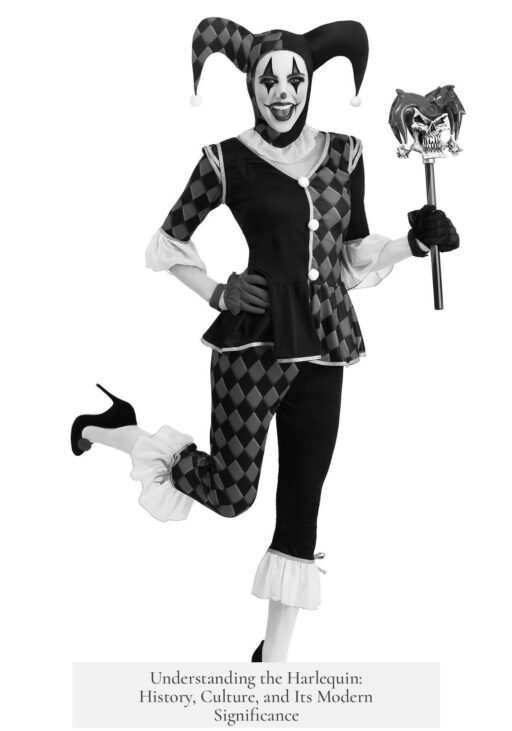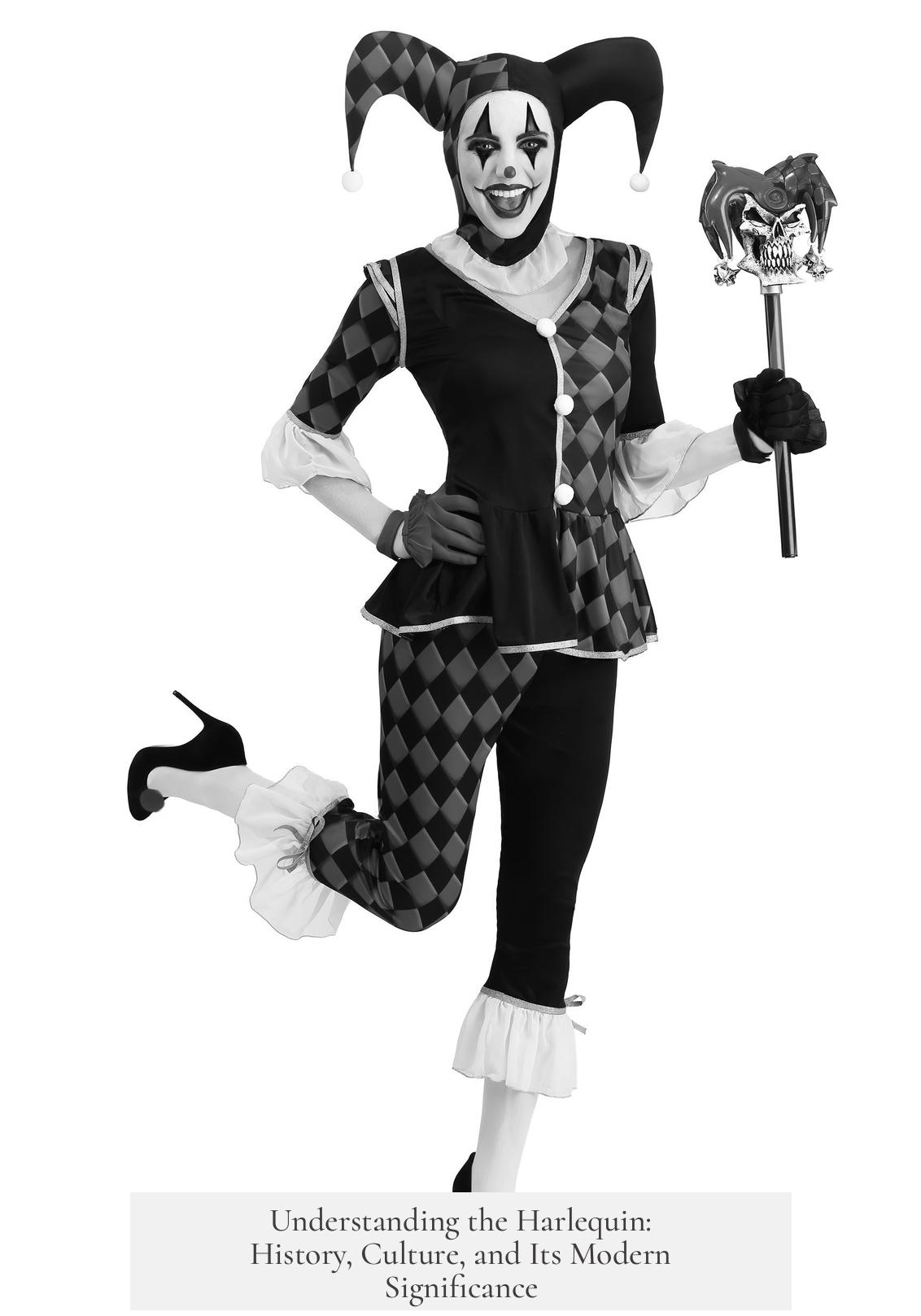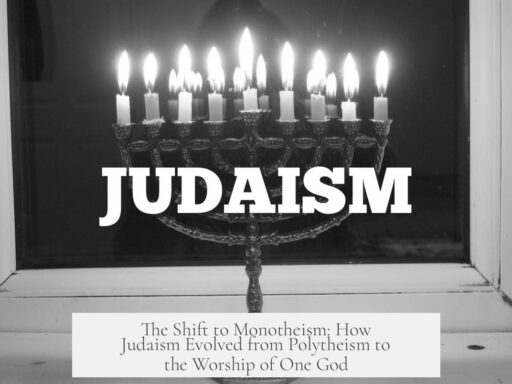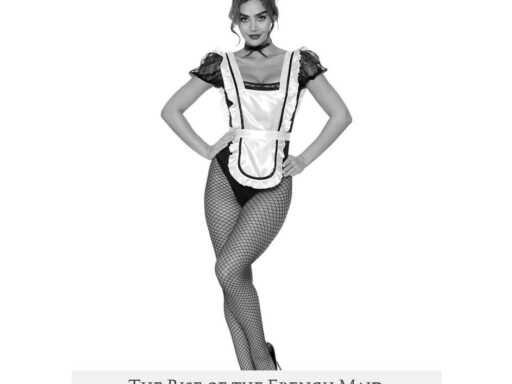A Harlequin originally denotes a figure rooted in medieval folklore and evolved into a theatrical character symbolizing a devil or demon, later embodying a playful yet sharp agent provocateur in performance arts.
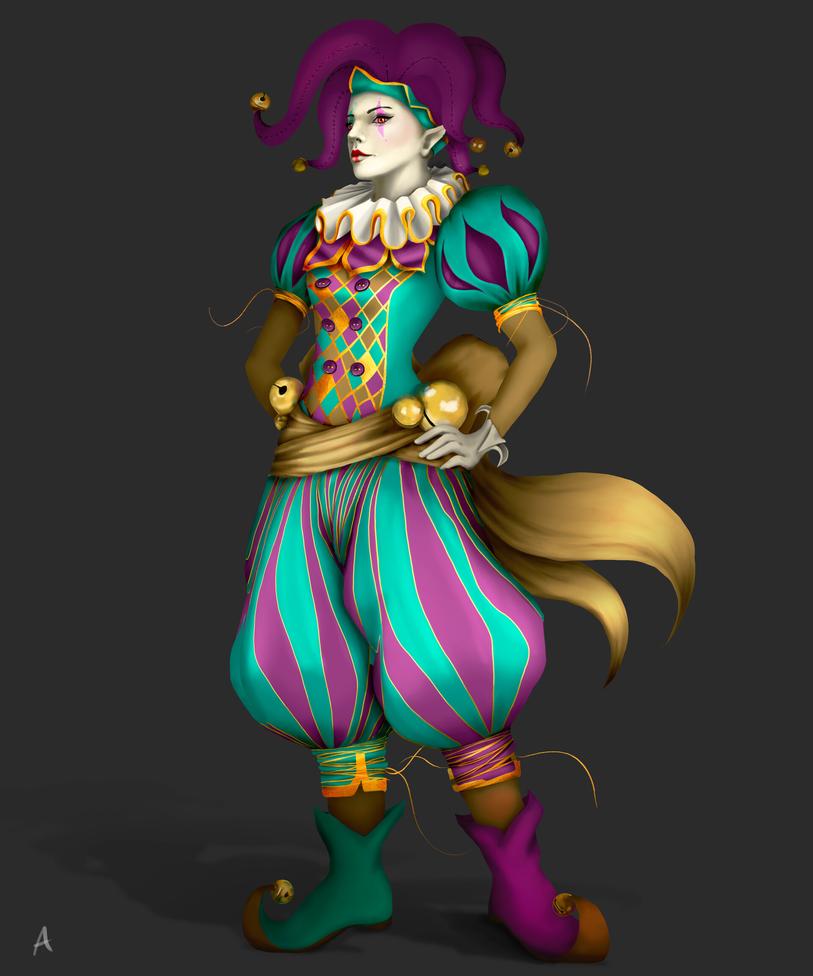
The term “Harlequin” traces back to the Middle English word “Herlethingus,” linked to King Herla’s spectral Wild Hunters in early English folklore. These nocturnal, silent bands traveled with horses, hawks, and attendants, inspiring awe and fear. Over centuries, the concept shifted. Norman chronicler Oderic Vitalis transformed “Herlethingus” into Old French “hellequin,” associating the term with a pack of unruly demons or bandits. Thus, the Harlequin figure originally represented a devilish entity or a leader of ghostly hunters.
In modern theater, the Harlequin gains a new role as a master of ceremonies or an agent provocateur. This character embodies a blend of humor and tragedy, using playful slapstick to reveal bitter or critical truths. Unlike traditional fools who rely solely on blunt humor, the Harlequin masks sharp commentary beneath comic antics. For example, in the musical Oh! What a Lovely War!, the Harlequin acts as a colorful MC amidst uniformed clowns, gently pushing soldiers toward their demise while symbolically interacting with them, merging comedic surface with tragic undertones.
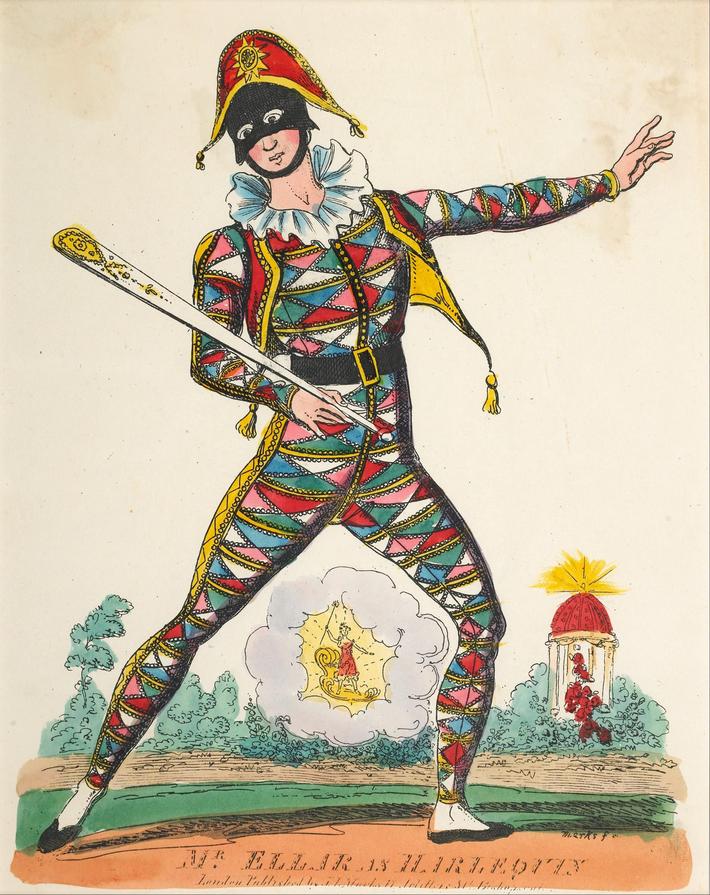
Literature also embraces the Harlequin archetype as a whimsical jester who defies norms. Harlan Ellison’s short story Repent Harlequin, said the Tick-Tock Man features such a character—rebellious and indifferent to strict schedules, highlighting the Harlequin’s role as an icon of nonconformity.
The name extends beyond folklore and art to sports. The Harlequins Rugby Club reportedly adopted the name due to its playful sound and as a way to preserve the HFC monogram on their kits. This shows the name’s appeal crosses cultural domains.
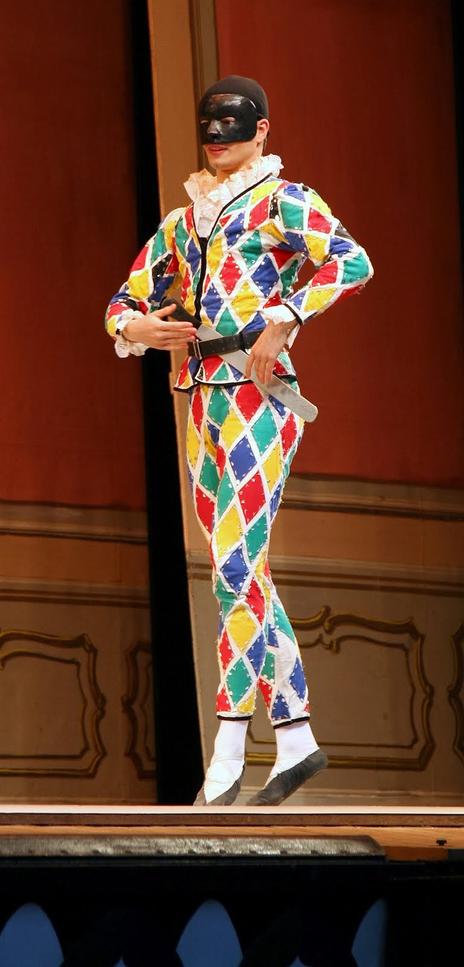
- Originates from medieval Wild Hunters, tied to King Herla’s legend.
- Transformed into a demonic figure in Old French tradition.
- Modern theatre uses Harlequin as a witty, ironic provocateur.
- Symbolizes tragic comedy by blending humor with deeper truths.
- Depicted in literature as a rebellious jester against social order.
- The name appears in sports with the Harlequins Rugby Club’s identity.
What is a Harlequin? Unmasking the Mystery Behind the Name
A Harlequin is originally the devil or a demon in disguise, evolving into a mischievous theatrical character who blends playfulness with biting truth. But this isn’t your typical devil or clown story. The journey of the Harlequin is as colorful and unpredictable as the diamond-patterned costume it’s famous for. Ready to unravel the curious history and cultural charm of the Harlequin? Let’s dive in.
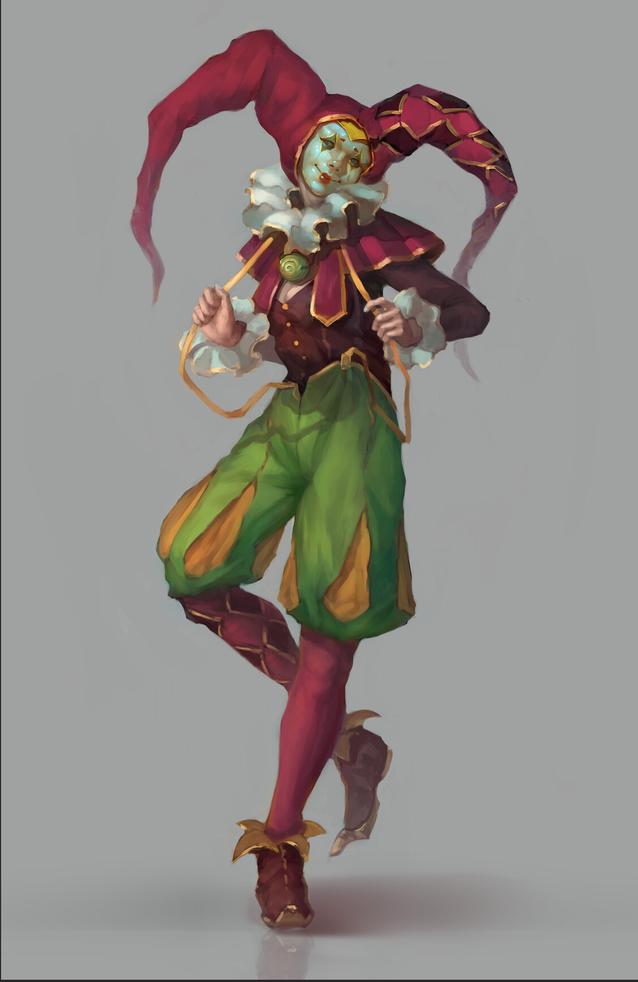
From King Herla’s Wild Hunters to Devilish Bandits
Your first guess might be that Harlequins started as jesters or comic figures—and you wouldn’t be alone! But the term actually traces back to “Herlethingus,” a Middle English name for a ghostly procession tied to King Herla, a mythical ruler believed to lead a host of spectral wanderers. These nocturnal columns roamed England, were said to contain the living dead, and struck terror amidst silence during the reign of Henry II.
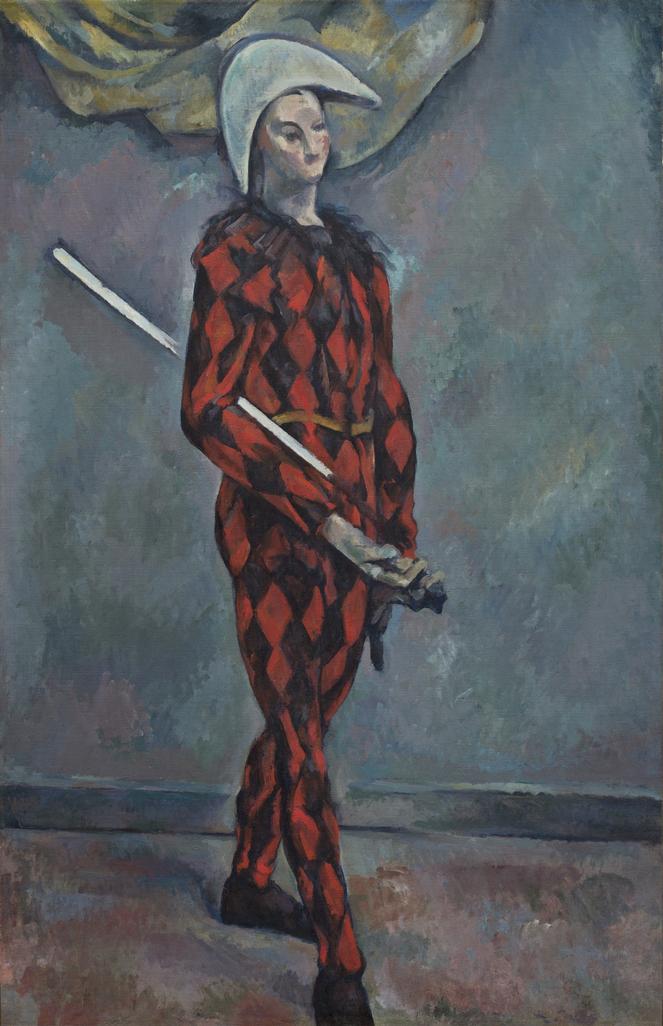
By the 11th century, Norman monk Oderic Vitalis heard about a group called “hellequin,” an Old French nod to those eerie Herlethingus. He described them as bandits in Normandy attacking travelers, but soon the meaning twisted. From specific Wild Hunters associated with King Herla, “hellequin” evolved into a general term for unruly demons and devils roaming or imposing chaos.
The Harlequin’s roots are darker than any theatre mask might suggest: it encapsulates the devil, or devilish beings in folklore.
Harlequin on Stage: More Than Just a Fool
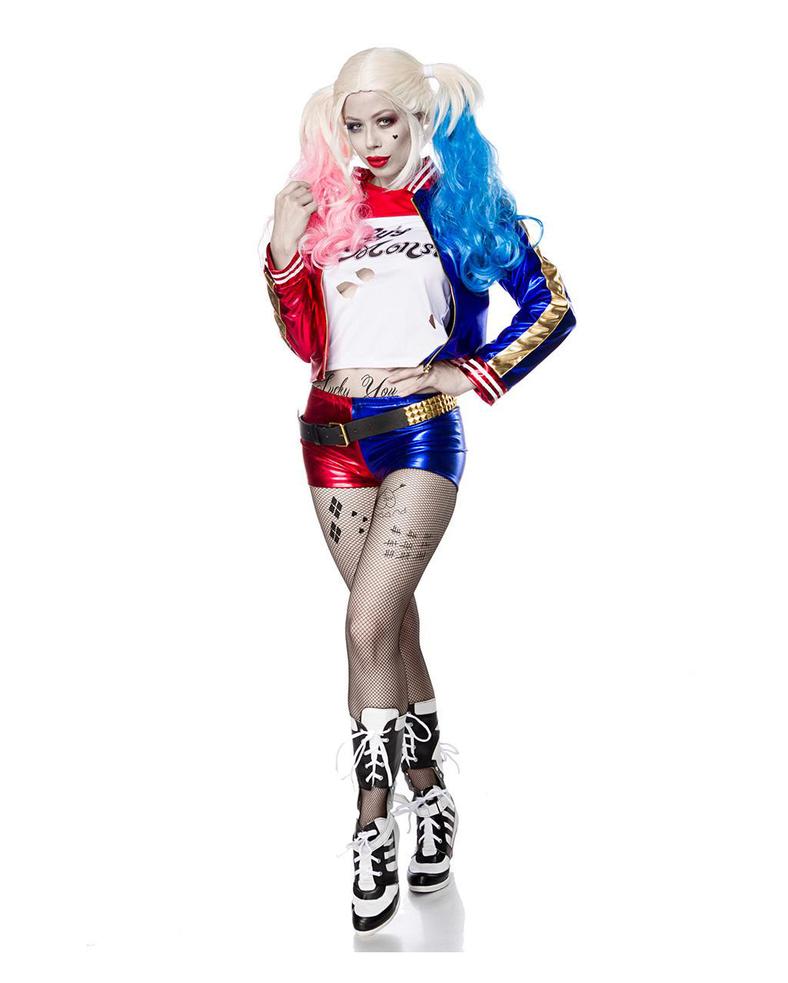
Fast forward to modern theatre and the Harlequin morphs again. No longer terrifying, the Harlequin becomes an agent provocateur, the MC (Master of Ceremonies) who teases, tricks, and entertains with playful cynicism. Imagine a character who juggles slapstick comedy with sharp truths. Sounds like a tough act to pull off? That’s the beauty of the Harlequin.
Unlike the straightforward clown or fool, Harlequins reveal “tragic comedy”—humor underlined with bitter reality. This dual nature makes them incredibly complex, making audiences laugh and think simultaneously. The iconic production Oh! What a Lovely War! demonstrates this exquisitely.
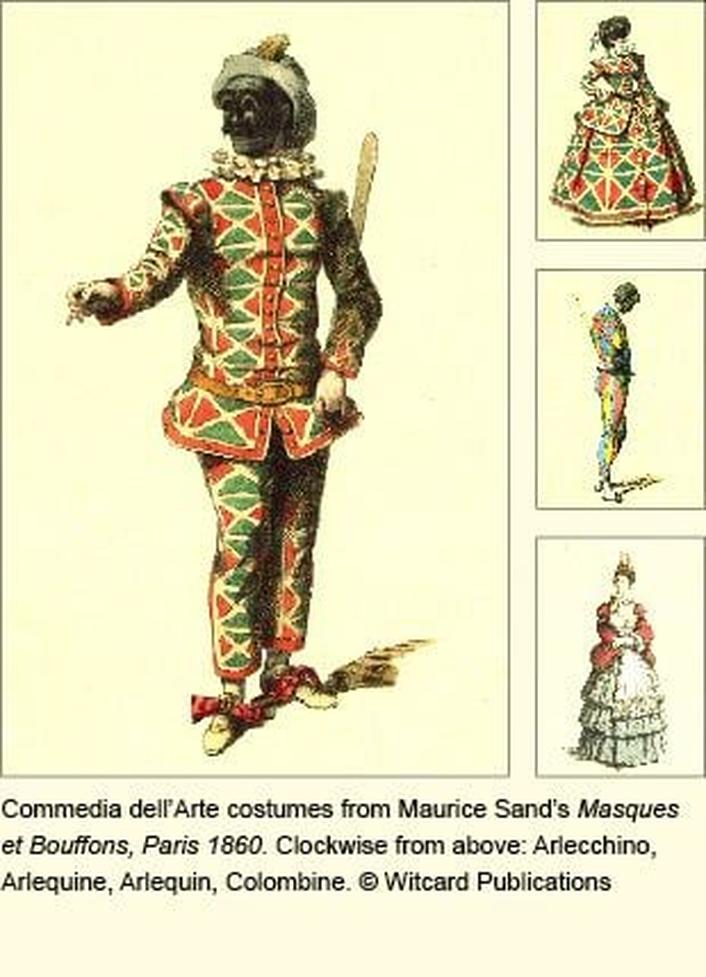
There, the Harlequin MC, the only splash of vivid color amidst soldiers clad in Pierrot’s sad white, pushes, flops, and tucks them to “sleep” on stage. What looks like slapstick farce masks a somber truth: each gesture signifies a soldier’s death. Suddenly, the Harlequin transcends mere entertainment and becomes a haunting reminder of war’s futility.
Harlequin in Literature: Rebels with a Cause
If you’re a fan of rebellious literary characters, you might appreciate Harlan Ellison’s iconic story, Repent Harlequin, said the Tick-Tock Man. Ellison’s Harlequin doesn’t just tease or entertain; he challenges the tyrannical obsession with order and punctuality. He’s whimsical, carefree, and a jester sprite who flouts everything “timely” society values.
This literary Harlequin perfectly mirrors the persona’s essence: hidden depth beneath layers of frolic and mockery. If ever a character made one want to throw away their watch and laugh in the face of strict schedules, it’s Ellison’s Harlequin.
Harlequin Off The Stage: Rugby and More
You might be scratching your head now, wondering, “Wait, Harlequin is a rugby club too?” Yes! London’s Harlequins Rugby Club carries a whimsical heritage in its name. According to club lore, the name came about when a member suggested something frivolous but memorable—with the “HFC” monogram already gracing their shirts, “Harlequins” fit the bill perfectly.
This quirky origin embodies the playful yet spirited nature attached to the term. It’s a nod to vitality, unpredictability, and a touch of fun even in competitive sports.
What Does This Mean for You?
So what does all this storied history and theatrical flair teach us? The Harlequin reminds us to look beyond appearances. It warns that beneath laughter, color, and spectacle may lurk serious truths and complexities. Whether you’re watching a play, reading a rebellious story, or cheering at a rugby match, the Harlequin spirit calls for engagement beyond the surface.
Next time you see a Harlequin, ask yourself:
- Is this just fun and games, or is there a deeper message?
- What truths might be hidden beneath the playful facade?
- How does embracing duality—joy and sadness, order and chaos—enrich our understanding of life?
Hint: Life could use a bit more Harlequin-esque unpredictability, don’t you think?
Key Takeaways
| Aspect | Details |
|---|---|
| Origins | Rooted in the ghostly Herlethingus, spectral wanderers led by King Herla in medieval England. |
| Evolution | Term moved from specific Wild Hunters to Old French ‘hellequin’ meaning general band of demons/devils. |
| Theatrical Role | Agent provocateur or MC blending slapstick comedy with sharp social commentary (tragic comedy). |
| Literary Usage | Symbol of whimsical rebellion against societal norms (e.g., Harlan Ellison’s story). |
| Sports | London-based rugby club named Harlequins, embracing a playful and spirited identity. |
Final Thought
The Harlequin is more than a costume or a character. It’s a living symbol of contradiction—mischief and message, devil and delight, chaos and control. Recognizing this enriches your experience, whether you admire it on stage, read it in stories, or see it printed on a rugby jersey. So next time you spot those diamond colors, remember: a Harlequin dances on the edge of laughter and truth, inviting you to join the mysterious dance.
What is the historical origin of the term Harlequin?
The term Harlequin comes from the Middle English “Herlethingus,” linked to King Herla’s wandering troop. It evolved into Old French “hellequin,” referring to a band of demons or wild hunters in medieval Europe.
How is the Harlequin character used in modern theater?
Harlequin often plays the role of a master of ceremonies or agent provocateur. The character uses playful yet sharp humor to reveal deeper, sometimes bitter truths, blending comedy and tragedy.
What does the Harlequin represent in the play “Oh! What a Lovely War!”?
In this play, the Harlequin is the colorful MC interacting with soldiers. Their slapstick acts symbolize death, highlighting the tragic reality behind the comedic facade.
How does Harlan Ellison’s story use the Harlequin character?
Ellison’s Harlequin is a whimsical jester who defies convention, particularly the rigid control of time, symbolizing rebellion against societal norms.
Why was the Harlequins Rugby Club named so?
The name came from a club member’s idea to keep a playful, frivolous identity. It preserved the initials HFC seen on their shirts without a serious meaning attached.
